Features of thermal conductivity of expanded clay
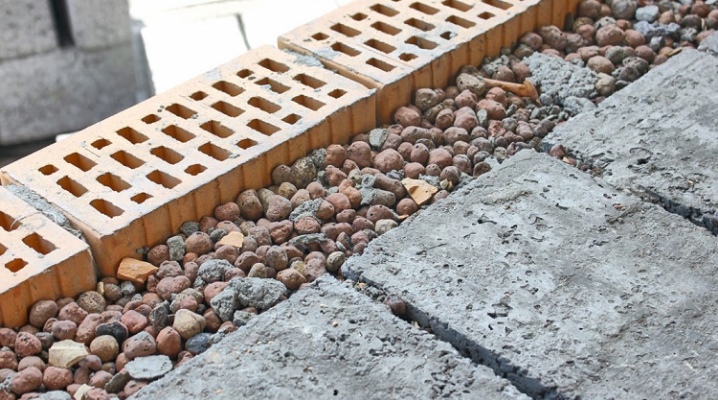
Expanded clay or, as the people say, "small stones" - is a free-flowing material consisting of pellets made of ceramics, fired at a high temperature. The substance is made of clay material and has not only low thermal conductivity under certain conditions, but is also a good soundproof material. Builders claim that when decorating a room, expanded clay meets the requirements for it (does not allow heat or sound to pass through), it is necessary to take into account a number of its features.
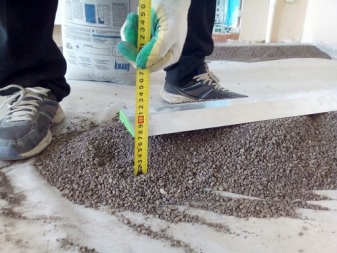
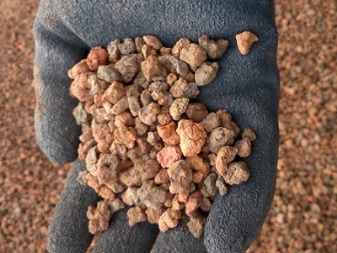
The main factors
The fact is that for a low heat and sound transmission capacity, expanded clay must be laid during installation so that there are no voids between the granules through which heat and sound escape. And this factor cannot be ignored, otherwise the packing of the substance will be in vain. Its structure is such that it does not allow compaction of the material, therefore, to eliminate voids, you have to use all three fractions of the substance:
- gravel is round grains of matter, the size of which varies from 2 to 4 cm;
- crushed clay from expanded clay is lightly crushed gravel, the size of which is 12 cm;
- expanded clay sand is a grain-like fraction reaching 0.51 cm in size.
Its thermal conductivity directly depends on the varieties of this building material presented above. This is the ability of a substance to retain heat in a room without letting it pass through walls or a layer of insulation. To create a high-quality bulk layer from it, used as a heater, gravel and expanded clay crushed stone are mixed, the voids between which are filled with sand. The thermal conductivity of such mixtures is 0.14-0.15 W / (m × K). That corresponds to the coefficient of thermal conductivity of foam insulation with a thickness of 5 cm and is equal to the thermal conductivity of mineral wool with a layer of 12 cm. It turns out that the thermal conductivity of expanded clay, in comparison with other materials, is quite low.
If you use any one of the above variety for insulation, then the indicator of its thermal conductivity will fluctuate in the range from 0.1 to 0.18 W / (m × K). Therefore, for high-quality insulation, a mixture of all permissible varieties is mainly used.
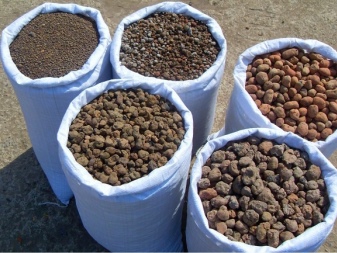
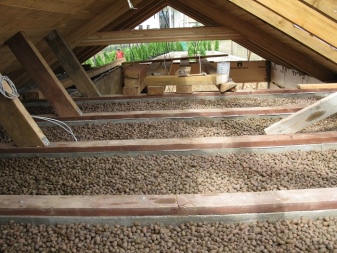
Coefficient
There is an opinion that expanded clay is widely used as insulation due to its low price category. Indeed, if we compare the cost of one meter of cubic claydite with the cost of another insulation, then its price will be lower. But the peculiarity of such calculations is the characterization of the substance. The fact is that the amount of expanded clay for insulation will be needed many times more than, for example, foam insulation. Thus, it turns out that it will not be possible to save on the cost of expanded clay. In addition, a number of other features are inherent in the substance.
- It has a certain property of sound insulation, the quality factor of which is lower than, for example, that of cotton wool.
- The small weight of expanded clay pellets is not tied to its volume, which must be taken into account when insulating the floor with a substance. The fact is that to insulate the entire apartment, you will need a lot of substance that the slabs will withstand, and the wooden floor may not withstand. The thickness of the boards in such cases must be at least 25 mm.
- Not everything is so simple with the strength of expanded clay. If you step on a few pebbles scattered on the floor, they will break. And if you walk on the floor, which is covered with a relatively thin layer, then the stones will not deform.
It turns out that the material itself does not have strength and percentage of insulation. The quality of the indicated indicators improves with an increase in the bulk layer.
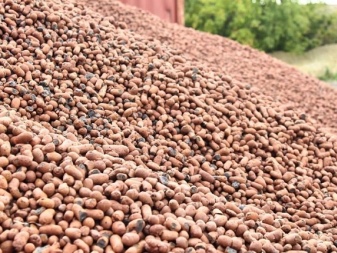
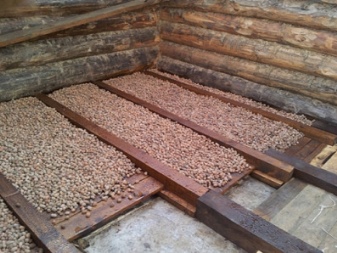
Comparison with other materials
Still, expanded clay has a number of advantages, thanks to which it is actively used in construction. For example, unlike mineral wool, which over time gives a sediment, expanded clay, with proper use, does not lose its original shape for about 60 years. Correct operation means compliance with its characteristics in working with a substance (for example, you should not walk on expanded clay, covered with a thin layer). In comparison with materials from expanded polystyrene, expanded clay has a high resistance to fire, and also inherent resistance to temperature fluctuations. It should be noted that expanded polystyrene does not have the same strength as expanded clay. It quickly settles and deforms.
Besides, this material is destroyed under the influence of paints and varnishes, and it also does not allow air to pass through well, which often becomes the cause of mustiness. The material is not afraid of high frosts of the extreme north - it is able to withstand about 300 cyclic temperature changes. This feature has become the reason why the material is added to cement mortars to improve the screed plates, which also partially eliminates the possibility of cold penetration from the outside and improves sound insulation. Cement mortars diluted with expanded clay have the highest strength.
Besides expanded clay, unlike plastic, does not emit toxins and strong odors when heated. In addition, due to the likelihood of shedding, expanded clay structures and rodents (mice and rats) are bypassed. And also the appearance of mold and various kinds of fungi on it is not characteristic of the material. Among other things, working with expanded clay does not cause difficulties even for beginners in the construction industry. It is possible to fall asleep with them without hassle an area of any complexity. It turns out that expanded clay, like mineral wool or expanded polystyrene, has a number of its advantages and disadvantages. When faced with the choice of material, one cannot say that one material is worse and the other is better. The choice will depend on the preferences of the owner (we are talking about the need and ability to work with the material), and the price category will also play an important role.
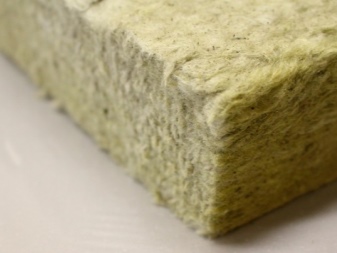
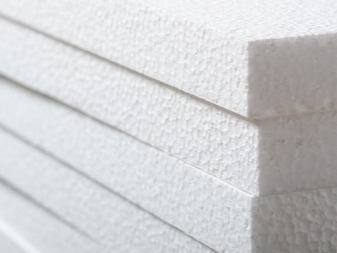













The comment was sent successfully.